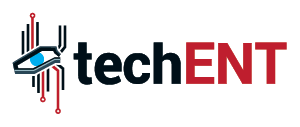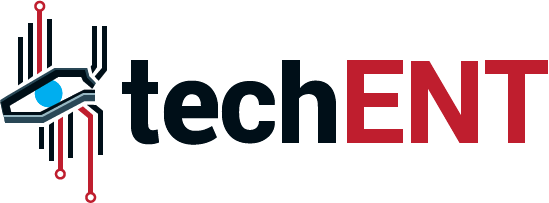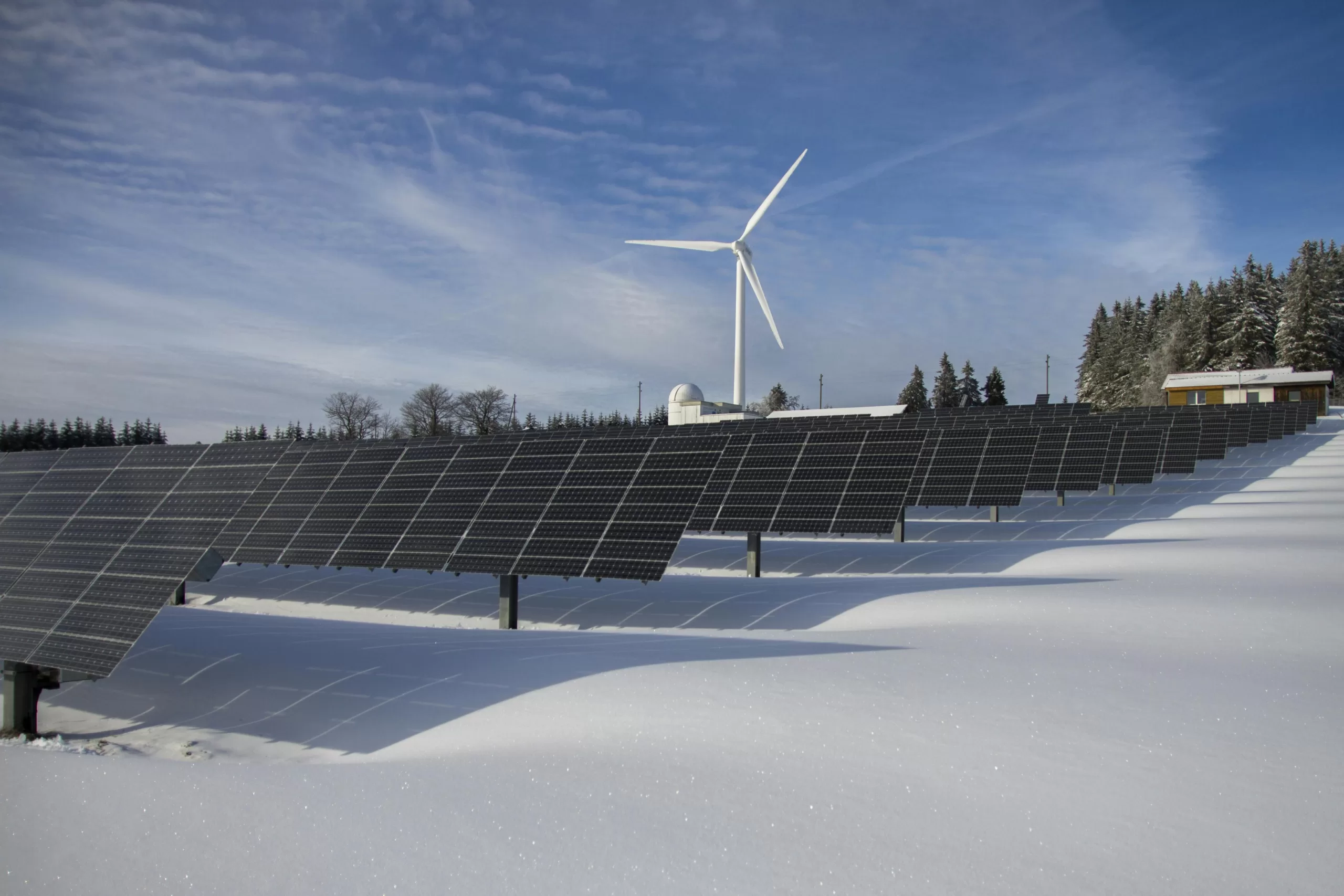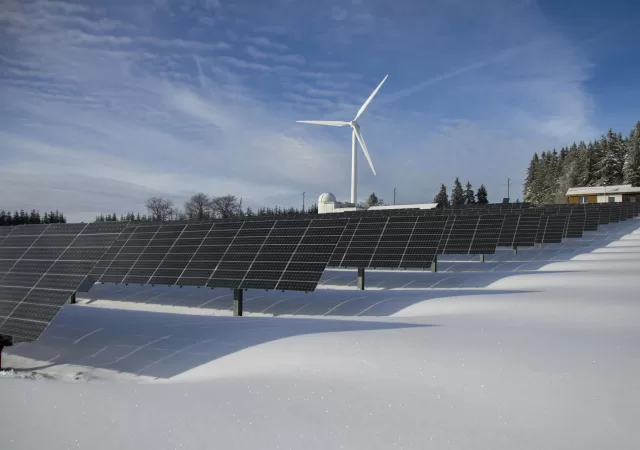This article is written based on an interview with Allyson Anderson Book, Chief Sustainability Officer at Baker Hughes
The global energy transition isn’t just about grand visions of net-zero targets and sweeping industrial change. Beneath the headlines, it’s a battle against immense technical complexity and daunting financial risk. For technologists and sustainability advocates, the real challenge lies in building the tools to make that vision a reality.
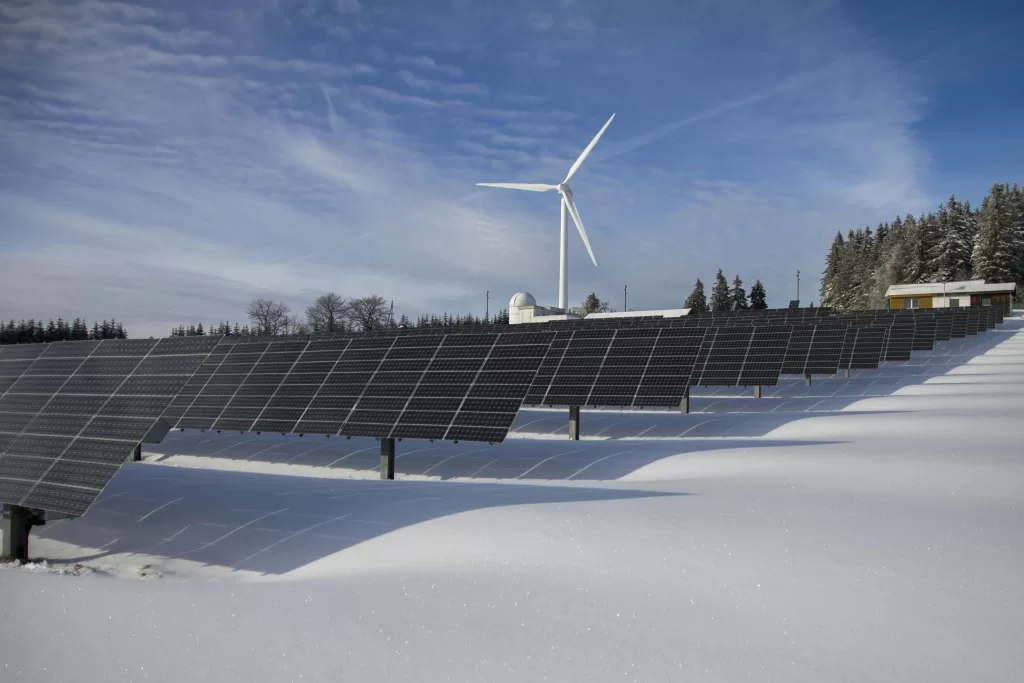
How do you guarantee that captured carbon will stay buried for a millennium? How do you drill miles into the Earth’s crust with pinpoint accuracy to tap its heat? These are the pragmatic, high-stakes challenges that must be solved. Enter Baker Hughes, a company leveraging its industrial legacy to develop a digital toolkit. They’re showing how AI is quietly becoming the essential architect of a cleaner energy world, tackling these pragmatic, high-stakes challenges head-on.
Solving the Carbon Capture Conundrum
One of the most promising yet perilous technologies in the climate fight is Carbon Capture, Utilization, and Storage (CCUS). The concept of capturing CO₂ and storing it underground is powerful, but its success hinges on one critical question: can we ensure it stays there securely? A leak would not only negate the environmental benefit but could undermine the entire multi-billion-dollar investment.
This is where AI is proving indispensable as a tool for risk management. Baker Hughes, for instance, has developed CarbonEdge™, a digital platform that acts as a central nervous system for CCUS projects. It provides an end-to-end, real-time view of the entire operation, from the point of capture through to the subsurface reservoir.
This AI-enabled approach allows operators to constantly monitor CO₂ flows, identify potential risks before they escalate, and ensure the long-term integrity of the storage site. In our interview, Allyson Anderson Book, Chief Sustainability Officer at Baker Hughes, emphasised the importance of this total visibility.

“This connectivity across the entire CCUS project lifecycle enables customers to identify and manage risk, improve decision-making, enhance operational efficiency, and simplify regulatory reporting.”
Allyson Anderson Book, Chief Sustainability Officer at Baker Hughes
By transforming a geological uncertainty into a data-driven, manageable process, such digital solutions are building the trust and security needed for CCUS to become a viable, large-scale climate tool.
Precision Engineering for Earth’s Natural Power
The same data-first approach is unlocking other clean energy sources, particularly geothermal. Tapping into the Earth’s natural heat offers a source of constant, reliable renewable power—a key advantage over intermittent sources like wind and solar. However, the challenge has always been the high-risk, high-cost exploratory drilling required to find and access it.
Here again, technology is paving the way. Companies like Baker Hughes are applying their deep subsurface expertise, now supercharged with AI, to model underground geology with incredible precision.

“The same technologies and subsurface-to-surface expertise that have made Baker Hughes a leader in hydrocarbon production are also setting it apart in geothermal.”
–Allyson Anderson Book, Chief Sustainability Officer at Baker Hughes
Advanced software like JewelSuite acts as a geological MRI, allowing engineers to “see” the best places to drill before committing expensive resources. Combined with autonomous drilling and intelligent well systems, these tools make the entire process more efficient and dramatically increase the probability of success. This digital precision is what’s needed to lower the barrier to entry for geothermal energy, helping to scale it from a niche player to a mainstream renewable source.
The Power of Immediate Gains Through Efficiency
While pioneering new energy frontiers is critical, there’s an enormous, immediate opportunity to reduce emissions by making our current systems more efficient. The International Energy Agency has estimated that a mere 10% increase in the efficiency of today’s oil and gas operations could save around 500,000 tons of CO₂ annually.

This is the low-hanging fruit of decarbonization, and AI is the key to harvesting it. Digital solutions, such as the Carbon Optimizer from Baker Hughes, are already delivering results. In one instance, this technology was used to upgrade turbogenerator systems for the energy company AkerBP in Norway, helping them achieve up to a 7% annual CO₂ reduction from that system alone.
This is the pragmatic power of AI in action—not as a far-off futuristic concept, but as a tool delivering measurable emissions reductions today. The long-term vision is even more ambitious, aiming for fully integrated and automated energy systems.

“The future of digital solutions will be achieving visibility and integration throughout the LNG value chain… with initial advisory approaches maturing to full closed loop solutions through AI-enabled automation.”
Allyson Anderson Book, Chief Sustainability Officer at Baker Hughes
The Pragmatic Path Forward
The journey to a net-zero future is daunting. Yet, away from the headlines, a quiet revolution is happening. AI and data science are providing the essential intelligence needed to de-risk massive clean energy investments, unlock new resources, and slash emissions from existing infrastructure.
It is not a silver bullet, but it is a critical enabler. By transforming uncertainty into predictable data and risk into manageable variables, technology is building the practical foundation upon which a sustainable energy future can be reliably built. The work of companies like Baker Hughes shows that the architects of this future will be those who can master not just energy, but information itself.
This article is written based on an interview with Allyson Anderson Book, Chief Sustainability Officer at Baker Hughes

Allyson Anderson Book
Chief Sustainability Officer, Baker Hughes
Allyson Anderson Book is the Chief Sustainability Officer at Baker Hughes (NASDAQ: BKR), an energy technology company that provides solutions for energy and
industrial customers worldwide.
In this role she oversees Baker Hughes’ net-zero strategy by driving sustainable operations, supporting commercial energy transition solutions for customers, and ensuring market creation of these solutions via stakeholder engagement and
policy development.
Before joining Baker Hughes, Allyson served as the executive director of the American Geosciences Institute, and has held several academic, policy and senior government positions, including working for the U.S. Senate Energy and Natural
Resources Committee, and serving as the associate director of strategic engagement of the Bureau of Safety and Environmental Enforcement (BSEE) at the U.S. Department of the Interior.
Under her aegis, Baker Hughes has been awarded the United Nations Global Impact Award in 2024 for its commitment in advancing sustainable development goals. Allyson is frequently covered by the media and globally recognised for her contribution to energy transition and sustainability. She was recently honoured by Hart Energy as an ‘Agent of Change in Energy’ for its 50th anniversary Hall of Fame series honouring industry pioneers, named “Sustainability Leader of the Year (energy technology) by C-Suite 2024, and was the only CSO to be listed among “Top 10 Energy Leaders in the Americas” by Energy Digital. Allyson was also among top 50 powerful women – Power 50 – by the National Diversity Council, honored at one of the largest diversity conferences in USA. In addition, she has been recognised by Petroleum Economist among Top 10 Women Leading Energy Transition in Sustainability and by Oil & Gas Investor as among 25 Influential Women in Energy.
